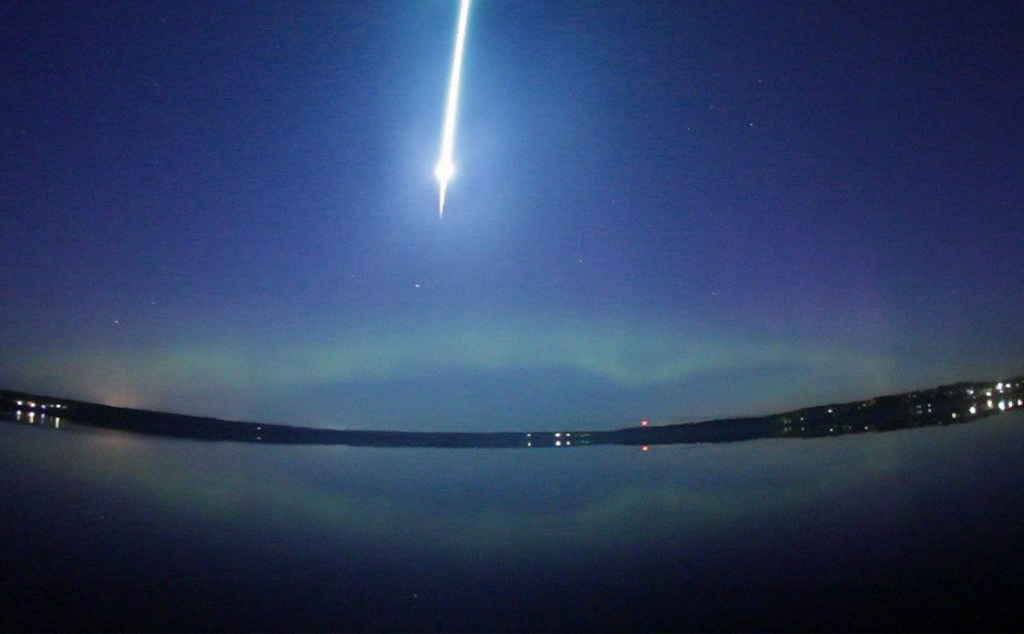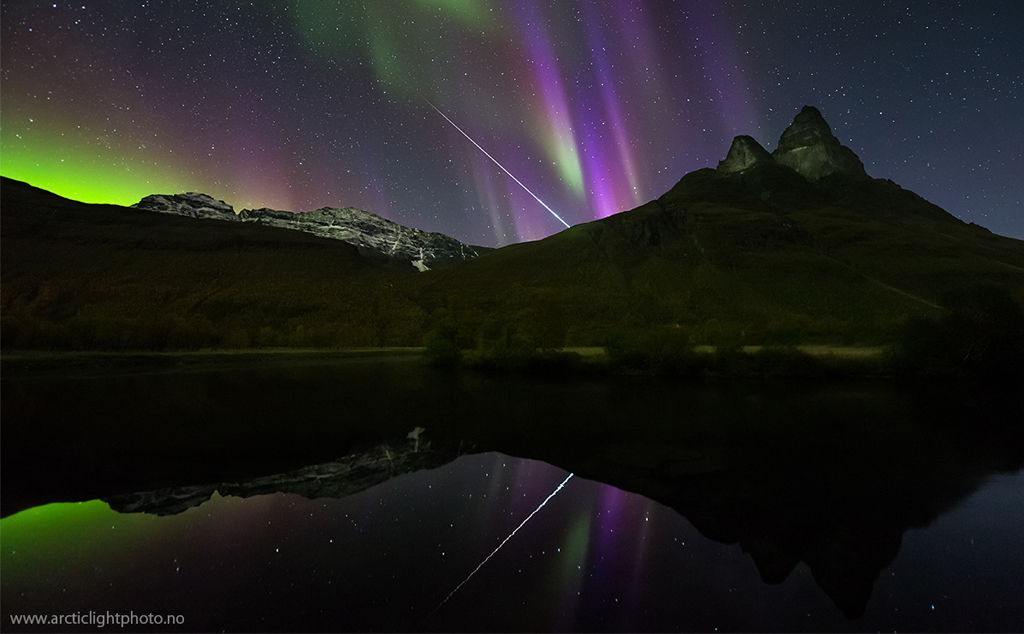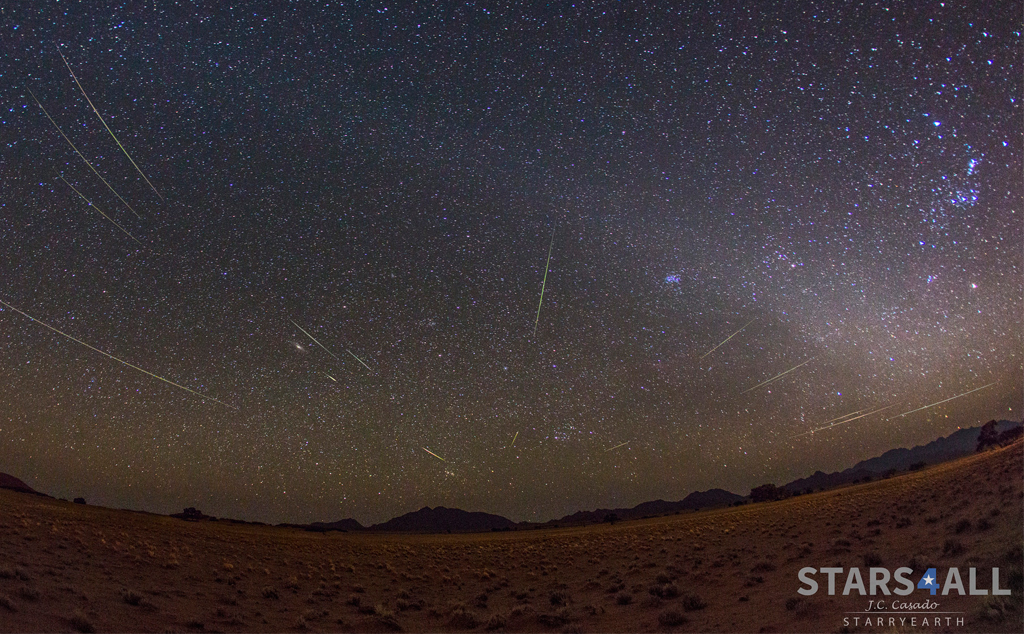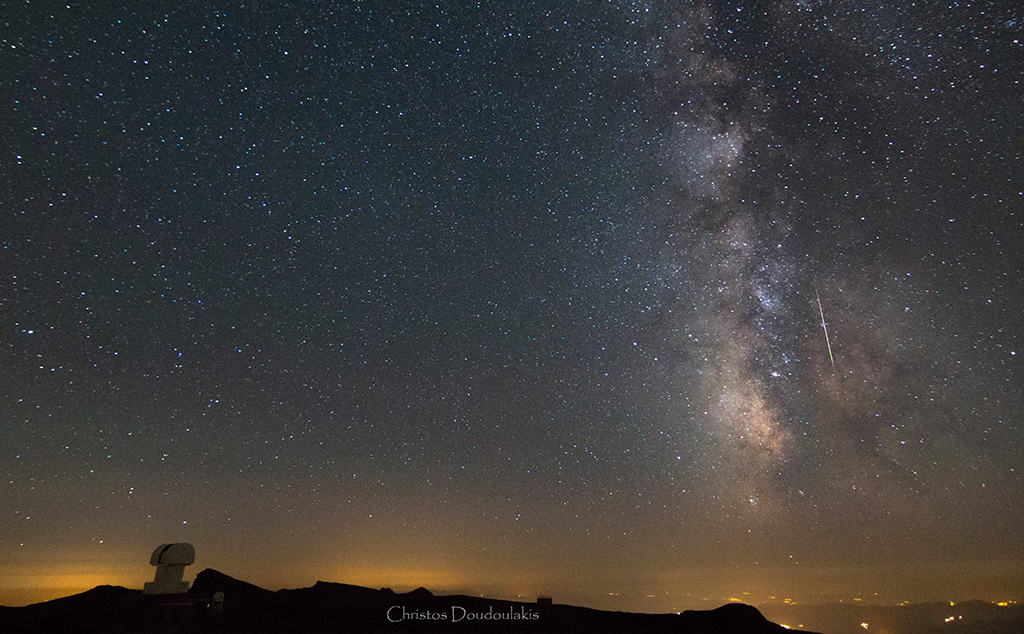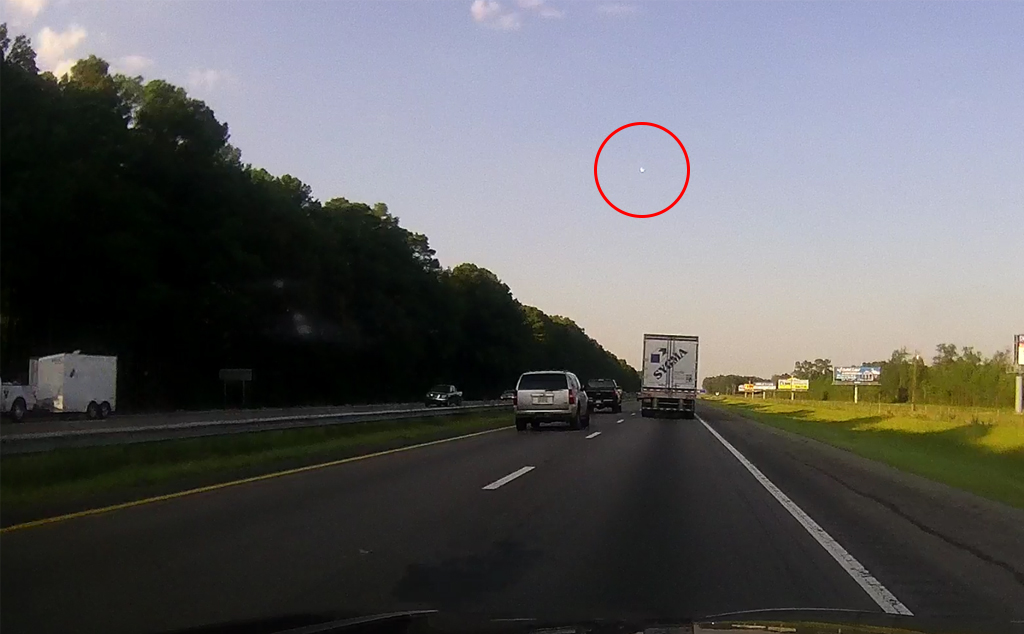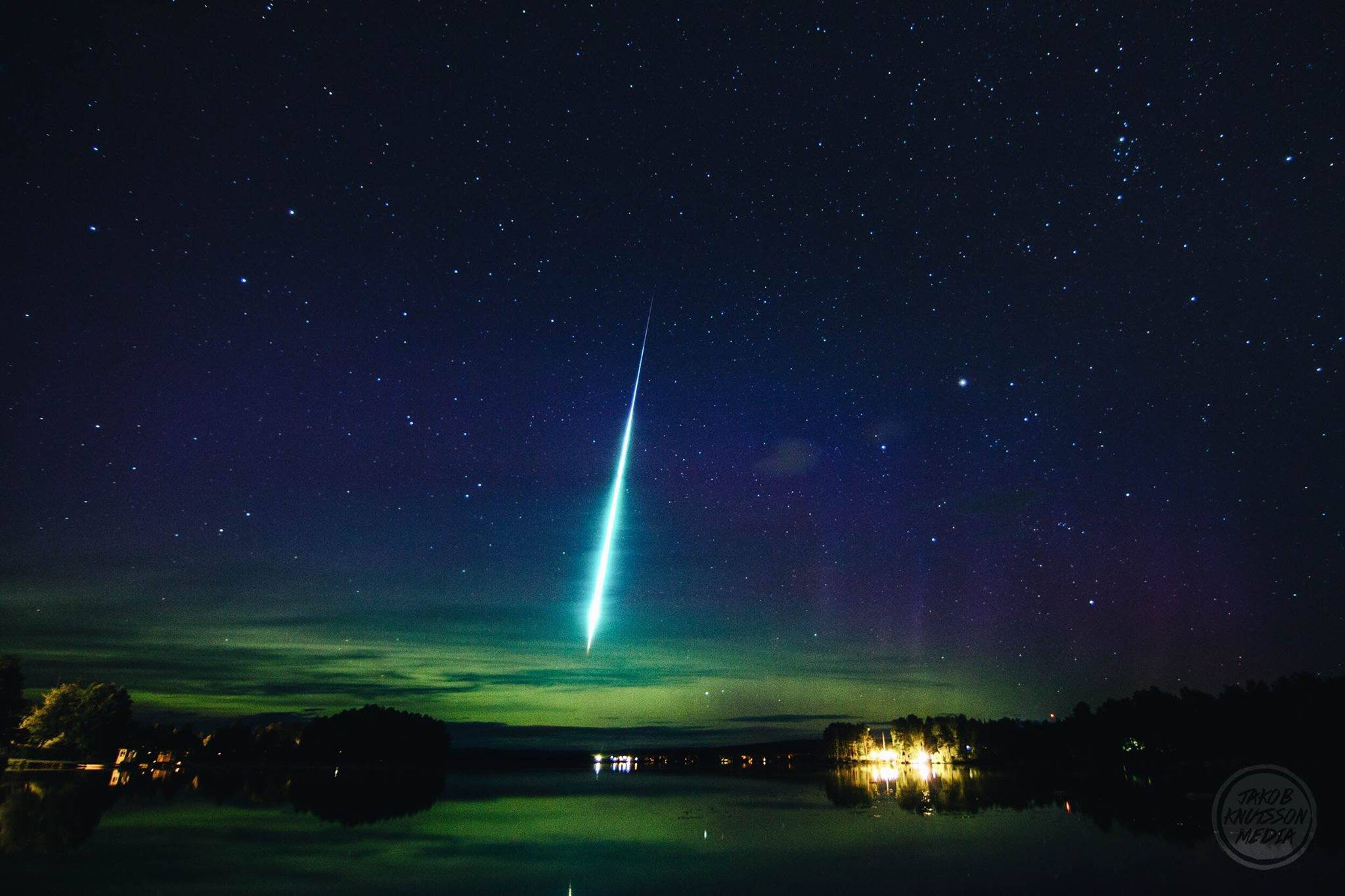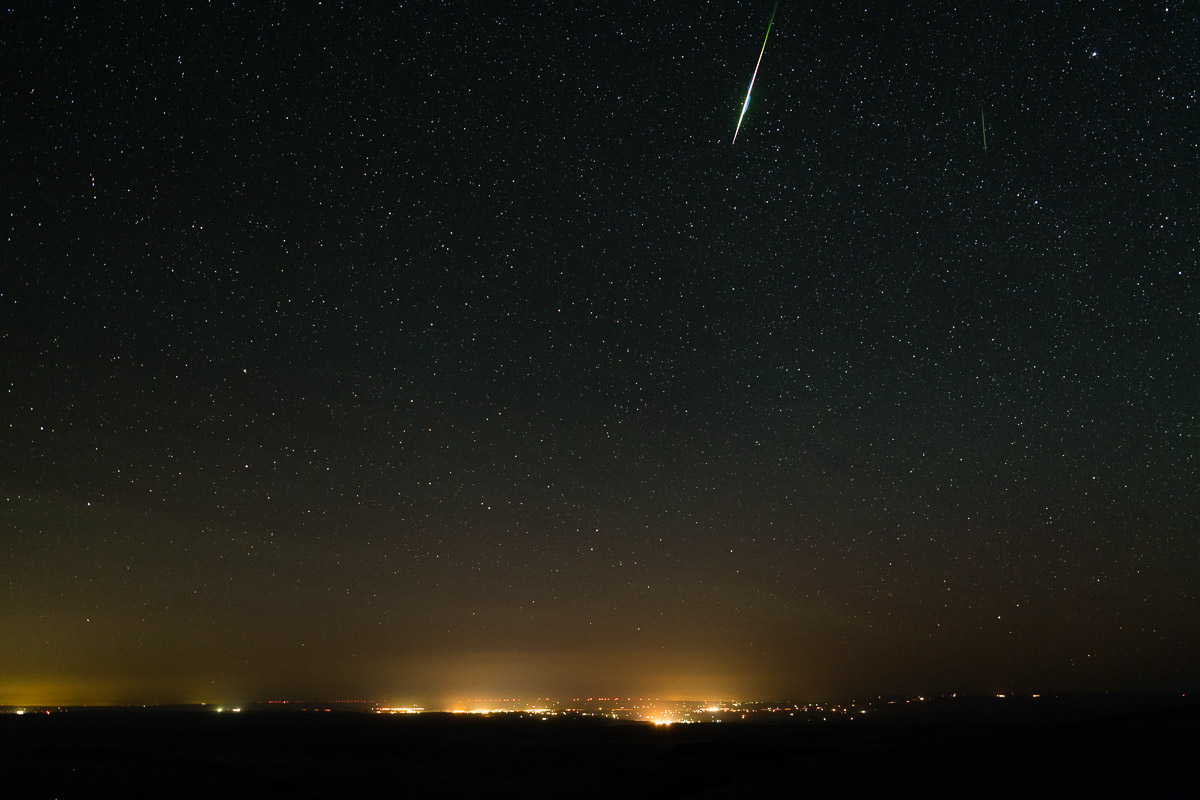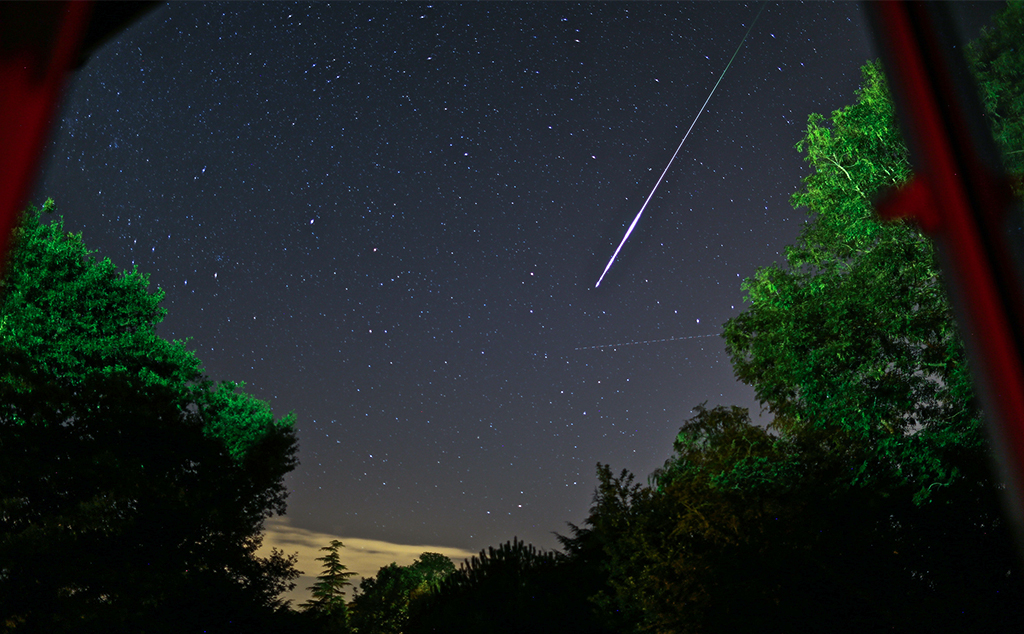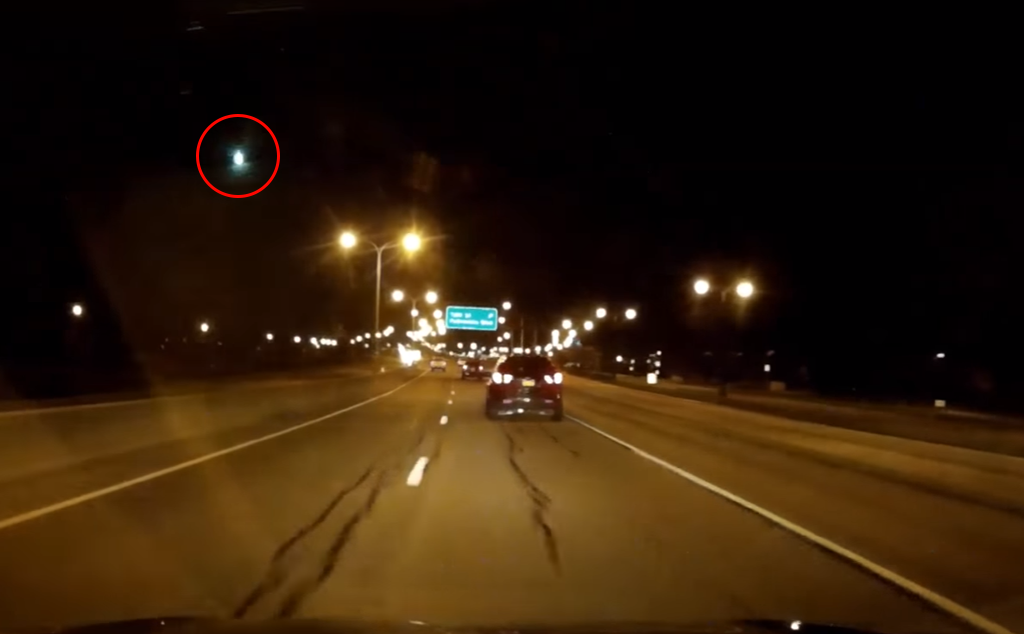
Fireball over Pennsylvania
The AMS has received 332 reports so far about of a fireball event over seen over Pennsylvania on November 1st, 2016 around 08:15pm EDT (Nov. 2nd ~ 00:15 UT). The fireball was seen primarily from Pennsylvania but witnesses from Maryland, New York, Connecticut...
 American Meteor Society
American Meteor Society
